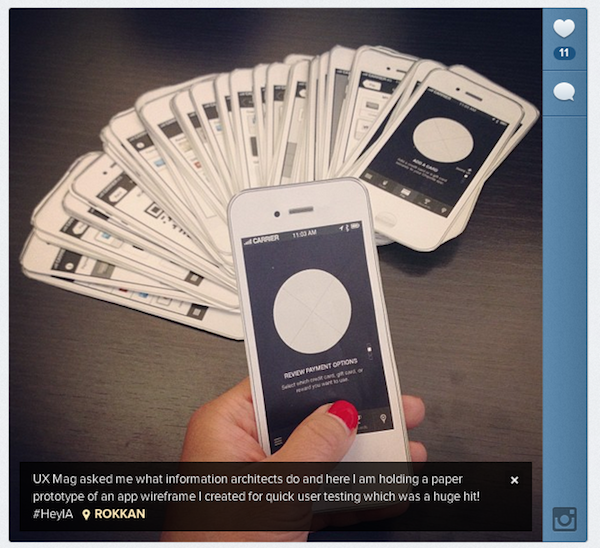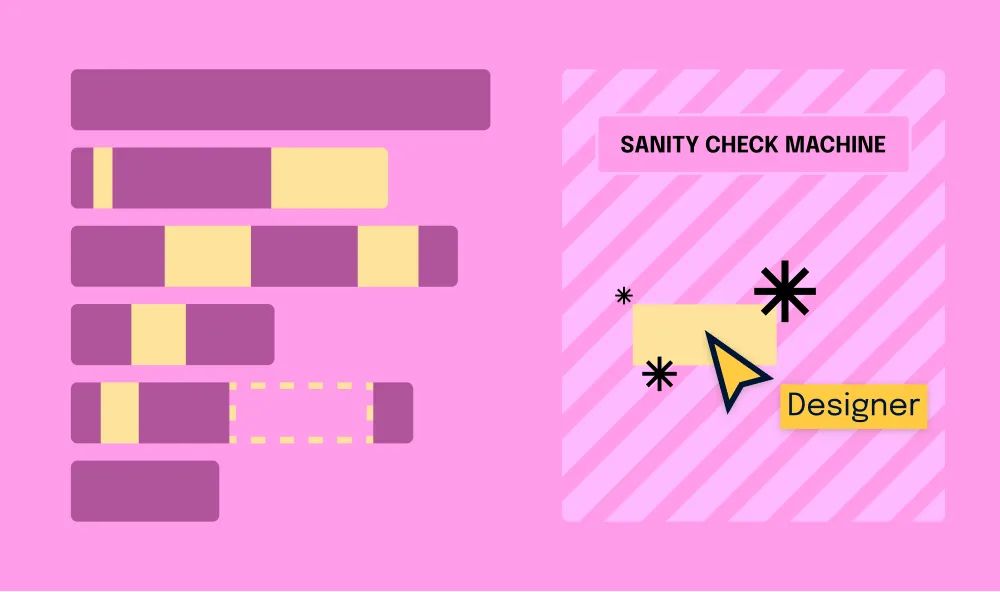In our recent article “Who Are We and What Are We Doing?” we noted that our research has exposed the immaturity of the UX field, and that “for all the growth, interest, and importance surrounding user-centered ideas and practices, our professional milieu is still a disorderly jungle.”
We received a great deal of input from the UX community in favor actually doing something to detangle this disorderly jungle.
So we’re daring to be bold and are doing something that will let us see out over the treetops. To do this, we need your help.
At one point in the article, we asked: “Is a self-described information architect at Amazon in Seattle the same person as an information architect at a marketing and interactive agency in Omaha?”
The answer is “no,” but that doesn’t mean that the term “information architect” is meaningless. While no two IAs will do the exact same things in the exact same ways, it should be possible to discern some generally accepted and understood skills, techniques, outputs, responsibilities, etc., that information architects have in common.
While there are other terms and job titles in the UX space that are inconsistent and obscure, information architecture is a good place to start detangling. So we want to throw this question to the user-centered community:
We’re looking forward to hearing from a diversity of IAs so we can begin to build a foundational understanding of the meaning of “information architecture.”
Please send us your answers through social media—Twitter, Facebook, Google+, even Instagram or Vine if that suits your response. Be sure to include the hashtag #HeyIA in your message.
We’ll be monitoring the activity on Tagboard. Throughout the campaing we’ll be hand selecting the best responses to become part of a larger initiative that’s taking shape as we write this.
How we’re able to use this information to forge a solid understanding of what an information architect is and does depends on you. This is an opportunity for you to get your ideas recognized and be part of a source of knowledge that will be shared back with the UX community, so please follow the #HeyIA hashtag and help us set the tone and pace of a vigorous conversation on an important subject.
The question “What do you do” is very general, so we’ll be following up with more specific questions to get deeper and broader into building a foundational understanding of the IA role.
Once we’ve got IA firmed up, we’ll move on to the next nebulous UX role, so if you’re not an IA, just wait! We’ll be starting a conversation about your work soon.
Image of mic courtesy Shutterstock








